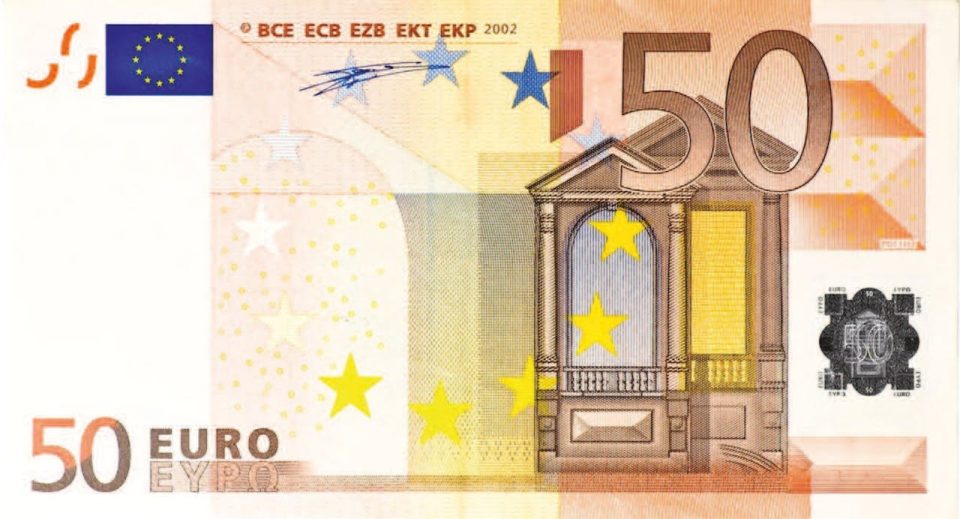Preliminary data released on Tuesday revealed that Eurozone inflation witnessed a significant dip in October, marking its feeblest rate in over two years. This decline, attributed to a decrease in energy costs and the impact of the European Central Bank’s (ECB) elevated interest rates on demand, is seen as a pivotal development by market observers, suggesting that the ECB has concluded its rate-hiking endeavors aimed at reining in inflation. Previously, the bank’s strategy was underpinned by surging fuel prices, supply chain disruptions, and stimulus measures responding to the COVID-19 pandemic.
According to flash estimates from Eurostat, prices in October 2023 exhibited a 2.9% increase compared to the same period in the previous year, representing the slowest growth since July 2021. This contrasts starkly with the 4.3% surge recorded in the preceding month. Notably, the downturn in inflation was largely propelled by a notable retreat in energy prices, which had seen a sharp ascent in the prior year.
Excluding energy, food, beverages, and tobacco from the calculation, a key measure of inflation registered at 4.2%, down from the 4.5% reported earlier this year, marking the lowest reading since July 2022. The moderation in wages, while only marginal, played a role in constraining growth in services, which retreated to 4.6% from 4.7%.
Although inflation still stands significantly distant from the ECB’s targeted 2%, the readings unveiled on Tuesday suggest a growing confidence within the central bank that this goal can be attained by the year 2025. Nonetheless, the broader economic landscape in the Eurozone remains shrouded in uncertainty, with the region still navigating a precarious recovery from the reverberations of the pandemic.
In conclusion, the subdued Eurozone inflation figures for October reflect a delicate economic landscape, with the European Central Bank’s policies and energy costs continuing to shape the trajectory of the region’s recovery from the impacts of the pandemic.
Source: Reuters

